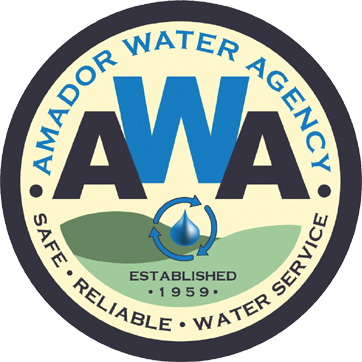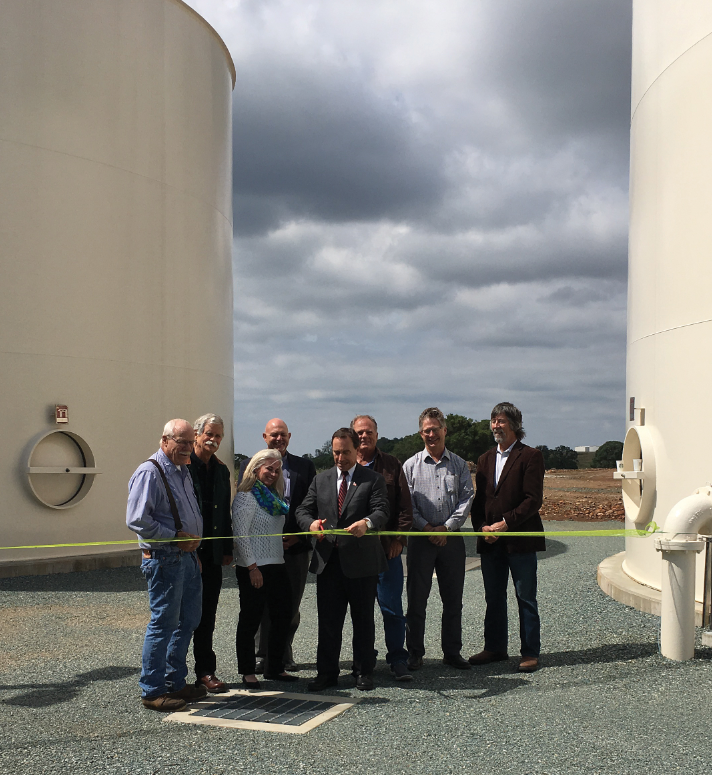Provided by PCWA eNews Service
June 4, 2019 | Written by Lauren D. Bernadett
District Court Remands WOTUS Rule to Federal Agencies in Texas v. U.S. Environmental Protection Agency
A federal district court in Texas remanded the Obama-era rule defining “waters of the United States,” commonly referred to as “WOTUS,” to the federal agencies that published the rule. The district court remanded the WOTUS rule based on a violation of the Administrative Procedure Act, and in doing so did not directly evaluate the rule’s merits.
The Clean Water Act dictates much of how water is regulated in the United States. The Clean Water Act prohibits discharges of pollutants into navigable waters, and defines navigable waters as the waters of the United States. Because the Clean Water Act itself fails to define waters of the United States, the Army Corps of Engineers (Army Corps) defined the term, which was then the subject of several U.S. Supreme Court decisions including the well-knownRapanos v. United States case. Today, federal circuit courts still disagree on how to interpret the phrase “waters of the United States” under the Clean Water Act.
The U.S. Environmental Protection Agency (EPA) and the Army Corps undertook the rulemaking process under the federal Administrative Procedure Act in an attempt to clear the confusion around the definition. At about the same time as the rulemaking, the EPA was working on a report addressing the connected nature of the country’s water. This report served as the technical basis for the new WOTUS rule. When the agencies proposed the new rule in 2014, the rule used ecologic criteria to define what it means for waters to be “neighboring,” which is one of the terms in the definition of “adjacent.” What qualifies as adjacent is important because water that is adjacent to a categorically regulated body of water is subject to the agencies’ jurisdiction. The proposed WOTUS rule, including ecologic criteria for the term “neighboring,” was open for public comment for several months.
After the public comment period closed on the proposed WOTUS rule, but before the EPA and Army Corps finalized the rule in 2015, the EPA issued the final version of the report on water connectivity. The WOTUS rule was never open for comment after the final report was issued. When the agencies published the final WOTUS rule, they used a numeric, distance-based criteria to define what it means to be a neighboring water, instead of ecologic criteria as used in the proposed WOTUS rule.
Plaintiffs in Texas v. U.S. Environmental Protection Agency, No. 3:15-CV-00162 (S.D. Tex. May 28, 2019), which included several private entities and three states, moved for summary judgment to vacate the final WOTUS rule based on violations of the Administrative Procedure Act, the Clean Water Act, the Commerce Clause, and the Tenth Amendment to the United States Constitution. The district court explicitly declined to decide the case on substantive grounds, and analyzed the arguments under the Administrative Procedure Act only.
The Administrative Procedure Act requires the final rule to be a logical outgrowth of the proposed rule that interested parties should have been able to anticipate. The district court found that the final rule was not a logical outgrowth and could not have been anticipated, and that comments regarding this change would have been “significantly and substantively different” if commenters had known of the change. Switching from ecological criteria to distance-based criteria was a substantial enough change that it altered the rule’s jurisdictional scope. Accordingly, the district court held that the final WOTUS rule violated the Administrative Procedure Act and remanded the rule on that ground alone.
The EPA and the Army Corps were already working on revising the WOTUS rule before Texas v. U.S. Environmental Protection Agency was decided. Consequently, the district court’s decision will not likely have a great impact on the federal government’s current course, but will serve as a reminder of proper procedural protocol under the Administrative Procedure Act.
For additional information on this topic please contact Lauren Bernadett at lbernadett@somachlaw.com.
Somach Simmons & Dunn provides the information in its Environmental Law & Policy Alerts and on its website for informational purposes only. This general information is not a substitute for legal advice, and users should consult with legal counsel for specific advice. In addition, using this information or sending electronic mail to Somach Simmons & Dunn or its attorneys does not create an attorney-client relationship with Somach Simmons & Dunn.










